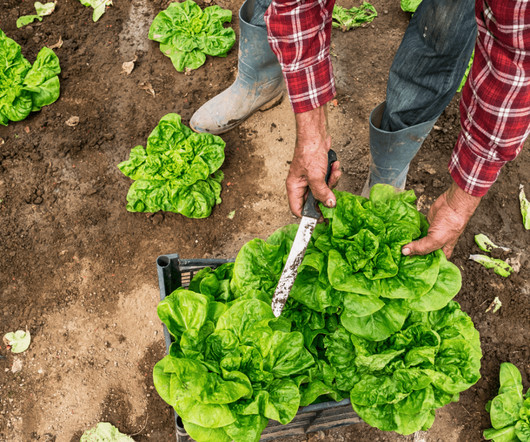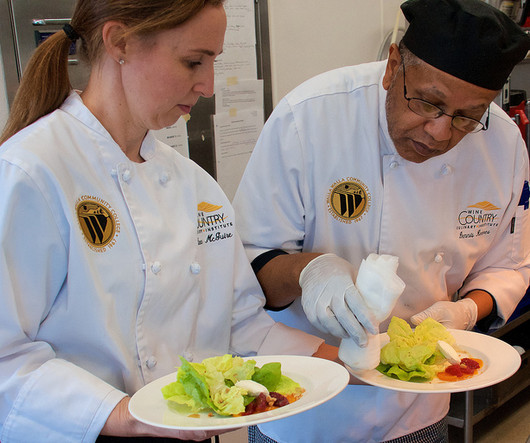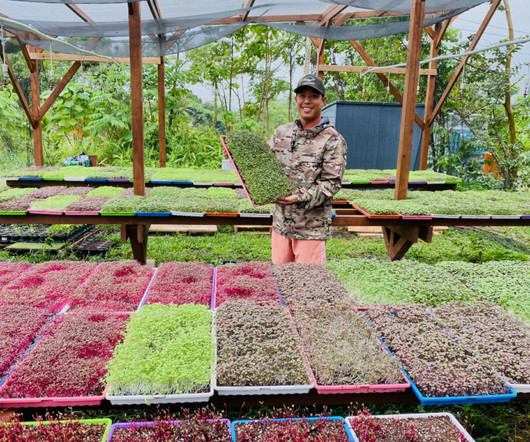Analyzing the Carbon Footprint of Field Cultivation
Agritecture Blog
MARCH 1, 2023
While it is true that much of the equipment that field farmers use on a daily basis is petroleum based and produces carbon dioxide in the neighborhood of 22 lbs of CO2 per gallon of fuel burned, it must be considered that this equipment is often serving hundreds, if not thousands, of cultivation acres. of the American Farmland Trust.















Let's personalize your content